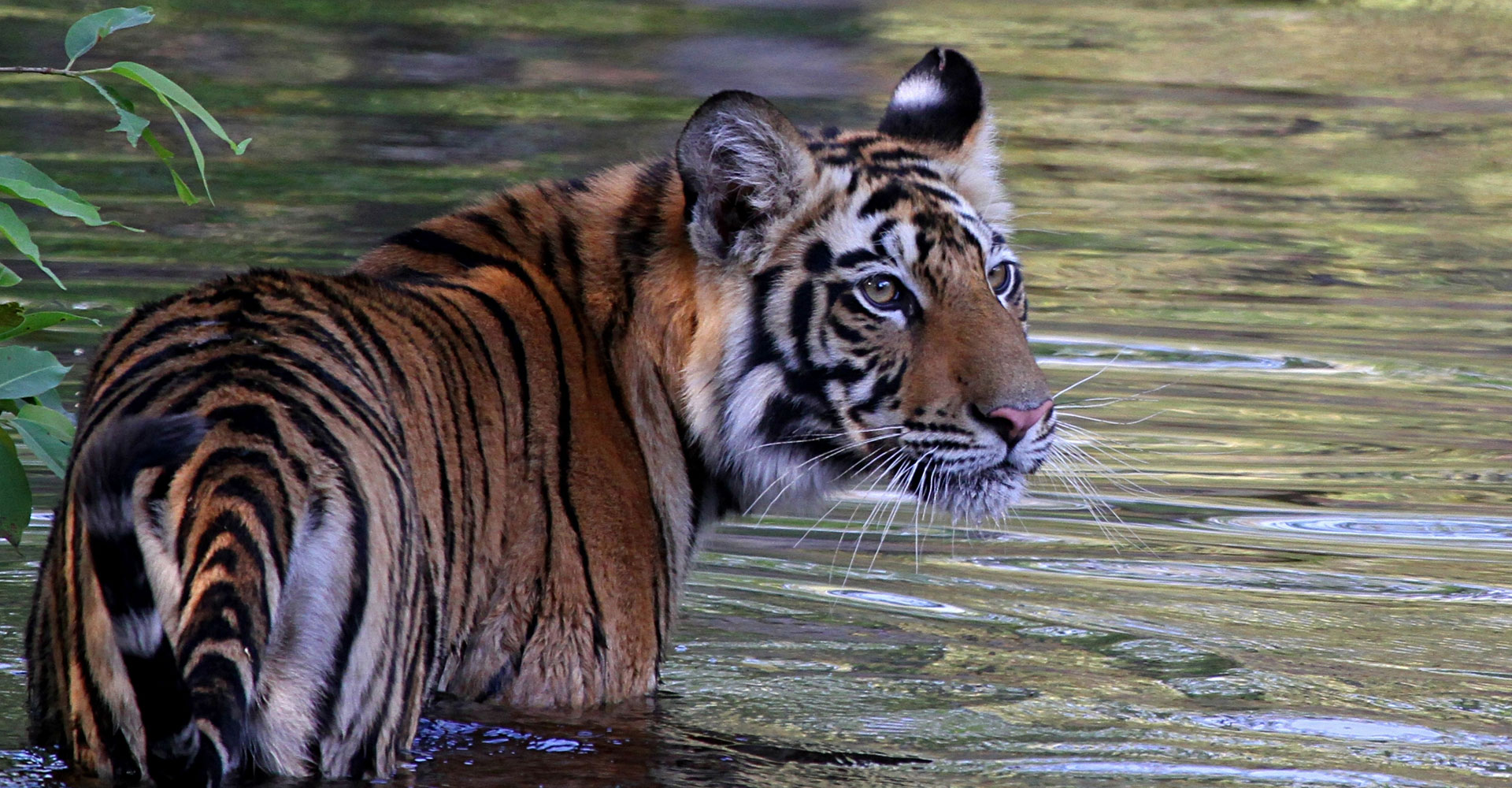Greate one-horned rhinoceros (Rhinoceros unicornis)
The greater one-horned or Indian rhinoceros (Rhinoceros unicornis) is one of the five species of rhinos found in the world. The black rhinoceros (Diceros bicornis) and the white rhinoceros (Ceratotherium simum) are found in Africa, while the lesser one-horned or Javan rhinoceros (Rhinoceros sondaicus) and the Asian two-horned or Sumatran rhinoceros (Dicerorhinus sumatrensis) are found elsewhere in Asia. Both these Asian rhinos were once found in India — both became extinct in the early part of the 20th century. The Indian rhino was once found from Pakistan (as indicated by archaeological excavations in Mohenjodaro) all the way through India, Nepal, Bangladesh, Bhutan and Myanmar. Today, only 2,400 survive in Indiaand Nepal. The population in India is estimated to be around 1,500. The other Asian rhinos are closer to extinction — Javan rhinos number less than 70 and Sumtran rhinos do not exceed 300 in number. Both African rhinos are better off. The black rhino numbers around 2400 while the estimated population of the white rhino is a little more than 7,500. The Indian rhino can be distinguished from the other rhinos by its large head, the highly developed neck skin folds and only two skin folds around its body. It is much larger (a male can reach a shoulder height of 1.85 m) and heavier (a male can weigh as much as 1,600-2,100 kg) than the other Asian rhinos. The Indian rhino prefers floodplain grasslands interspersed with marshes, swamps and lakes, while its African cousins are usually found in open savanna country. Both males and females have nasal horns measuring 20 cm on an average. The horns of the black rhino, on the other hand, can reach a length of 50 cm and that of the white rhino 60 cm. The rhino is solitary by nature, but may be seen occasionally to feed and wallow in scattered groups of 10. It is fond of water, and is known to wallow in muddy waters for hours at a stretch. This grass-eater restricts its movement to a tiny area, rarely exceeding 2 sq km. Males, however, often venture farther in search of mates. A male becomes sexually mature at seven years, and females three years earlier. Rhinos breed all through the year. A calf is born after about 16 months. The mother and the young one stay together for 3-4 years. A calf is dependant on the mother for protection, particularly against the tiger. The horn on an average weighs 720 gm, and grows throughout life. If lost, it can be regrown. This is what comes across as a surprise, for a rhino does not need to be killed to procure its horn, essentially only a hard tuft of hair. The horn, however, is not the chief instrument for attack. Though the rhino avoids contact with humans and its charges are often displays of threat, though it can press home its charge.



























